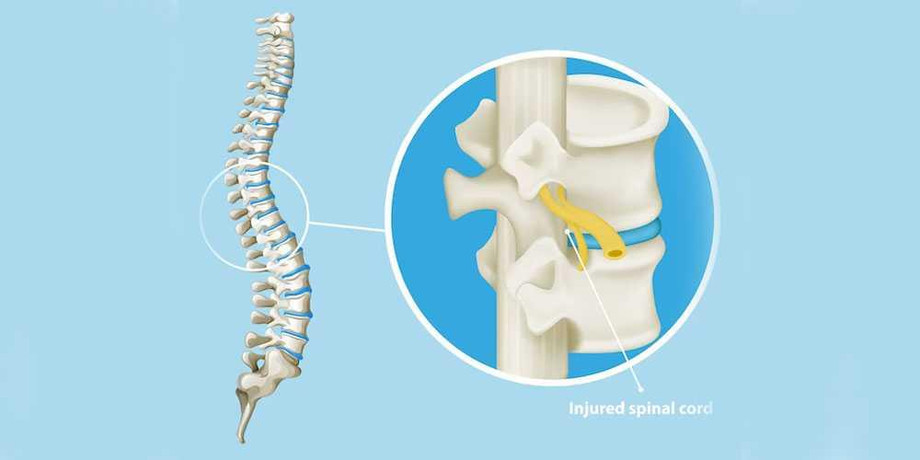Craniospinal trauma refers to injuries involving both the skull (cranium) and the spine, particularly the cervical and upper thoracic regions. These types of injuries are not only complex but also potentially life-threatening, often requiring immediate medical attention and long-term management. Understanding the causes, risk factors, and preventive strategies is essential for early intervention and improved outcomes.
Common Causes of Craniospinal Trauma
Most craniospinal injuries result from high-impact accidents. Road traffic collisions are among the leading causes, especially those involving motorcycles or vehicles lacking adequate safety features. Falls from significant heights, sports injuries, and violent physical assaults can also result in traumatic injury to the skull and spine. In some instances, industrial accidents or recreational activities such as diving into shallow water contribute to these injuries.
Trauma to the craniospinal region may cause fractures, internal bleeding, spinal cord damage, and nerve injuries. Depending on the severity, patients may experience symptoms ranging from mild headache and neck stiffness to paralysis or unconsciousness.
Who Is at Risk?
While anyone can suffer from craniospinal trauma, certain groups are more vulnerable. Elderly individuals with weaker bones are more susceptible to injury from minor falls. Young adults, particularly males, are often involved in high-speed accidents or contact sports, increasing their risk. Workers in construction, transportation, and heavy industries also face occupational hazards that can lead to such trauma.
Additionally, people with underlying conditions like osteoporosis or congenital spinal deformities may suffer more severe consequences from otherwise mild injuries.
Warning Signs and When to Seek Help
Recognizing the signs of craniospinal trauma is crucial. Symptoms such as loss of consciousness, severe headache, vision problems, difficulty breathing, loss of motor function, or bladder and bowel issues should be considered red flags. Early detection followed by timely medical intervention can significantly reduce the chances of long-term complications.
If you or someone you know exhibits these symptoms after an accident, it is critical to seek emergency care. Diagnostic imaging like CT scans and MRIs is often used to assess the extent of the injury and guide treatment decisions.
Treatment and Recovery
Treatment depends on the nature and severity of the trauma. Mild cases may only require observation, pain management, and physical therapy. More severe cases involving fractures or spinal cord damage might require surgical intervention. A qualified spine surgeon in Hyderabad can provide specialized evaluation and treatment options, including decompression, stabilization, or spinal fusion surgery when necessary.
Rehabilitation plays a crucial role in recovery. It often involves a team of neurologists, physiotherapists, and occupational therapists working together to restore mobility, strength, and independence.
Prevention Is Key
Preventing craniospinal injuries starts with awareness. Wearing helmets, using seat belts, implementing workplace safety protocols, and strengthening the musculoskeletal system through regular exercise can all reduce the risk. For athletes, proper training, protective gear, and adherence to safety guidelines are vital.
By understanding what causes craniospinal trauma and taking proactive steps, individuals can protect themselves and others from this serious condition.

